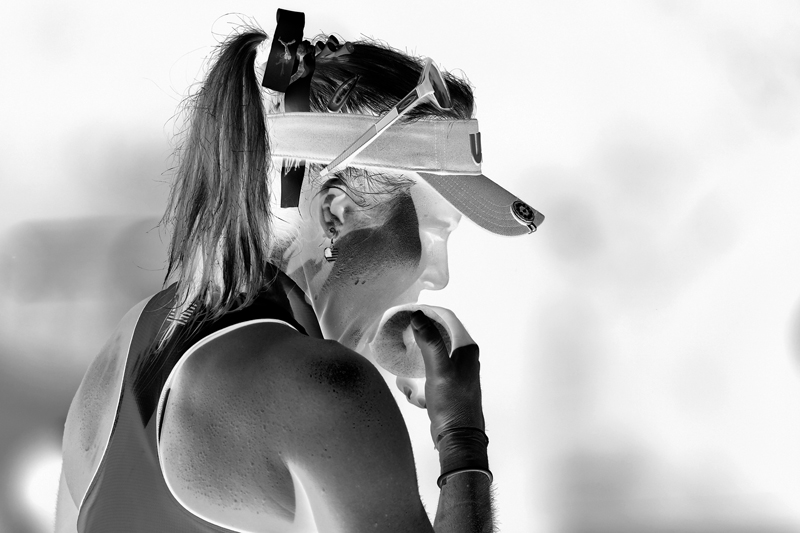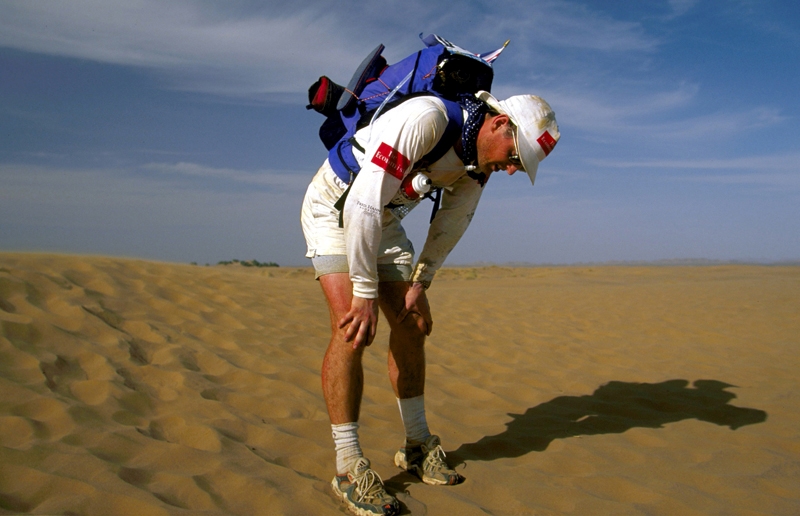Sports Psychology: Maintaining emotional control in competitions
Competition & Emotional Control
Competition can bring out the best or the worst in athletes, and the psychological demands are especially high when individuals or teams are striving to achieve the same goals.
When physical skills are evenly matched, it is often the competitor with the stronger mental approach, who can control his or her mind before and during events, who wins. However, many athletes wrongly assume that mental aspects of performance are innate and unchangeable when, in reality, systematic mental training can have a similar impact on performance as physical workouts.
Getting into the correct mind-set prior to competition is one of the most crucial aspects of top performance. In fact, a study of Olympic athletes by Orlick and Partington1 showed that the combination of mental and physical readiness was a key factor that distinguished more successful athletes from their less successful counterparts in the Olympic Games.
Perhaps even more impressive is the finding that, of the three states of readiness assessed (mental, physical and technical), only mental factors were statistically linked with final Olympic rankings.
If you have ever observed performers during the lead-up to competition, you can’t have failed to notice that behaviour starts to change. As the anticipation builds, athletes and coaches cope with the demands of the situation in various ways, some becoming withdrawn and quiet and some more aggressive than usual, while others disappear frequently to the toilet. Emotional reactions to stressful situations can drain an athlete’s resources and impact negatively on performance if poorly-managed. That is why it is important to have in place a strategy to deal with pre-performance stress.
You need to be logged in to continue reading.
Please register for limited access or take a 30-day risk-free trial of Sports Performance Bulletin to experience the full benefits of a subscription. TAKE A RISK-FREE TRIAL
TAKE A RISK-FREE TRIAL
Newsletter Sign Up
Testimonials
Dr. Alexandra Fandetti-Robin, Back & Body Chiropractic
Elspeth Cowell MSCh DpodM SRCh HCPC reg
William Hunter, Nuffield Health
Further reading
Newsletter Sign Up
Coaches Testimonials
Dr. Alexandra Fandetti-Robin, Back & Body Chiropractic
Elspeth Cowell MSCh DpodM SRCh HCPC reg
William Hunter, Nuffield Health
Keep up with latest sports science research and apply it to maximize performance
Today you have the chance to join a group of athletes, and sports coaches/trainers who all have something special in common...
They use the latest research to improve performance for themselves and their clients - both athletes and sports teams - with help from global specialists in the fields of sports science, sports medicine and sports psychology.
They do this by reading Sports Performance Bulletin, an easy-to-digest but serious-minded journal dedicated to high performance sports. SPB offers a wealth of information and insight into the latest research, in an easily-accessible and understood format, along with a wealth of practical recommendations.
*includes 3 coaching manuals
Get Inspired
All the latest techniques and approaches
Sports Performance Bulletin helps dedicated endurance athletes improve their performance. Sense-checking the latest sports science research, and sourcing evidence and case studies to support findings, Sports Performance Bulletin turns proven insights into easily digestible practical advice. Supporting athletes, coaches and professionals who wish to ensure their guidance and programmes are kept right up to date and based on credible science.









